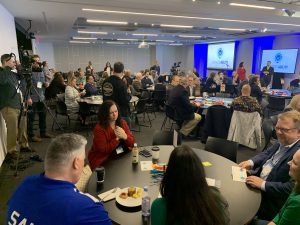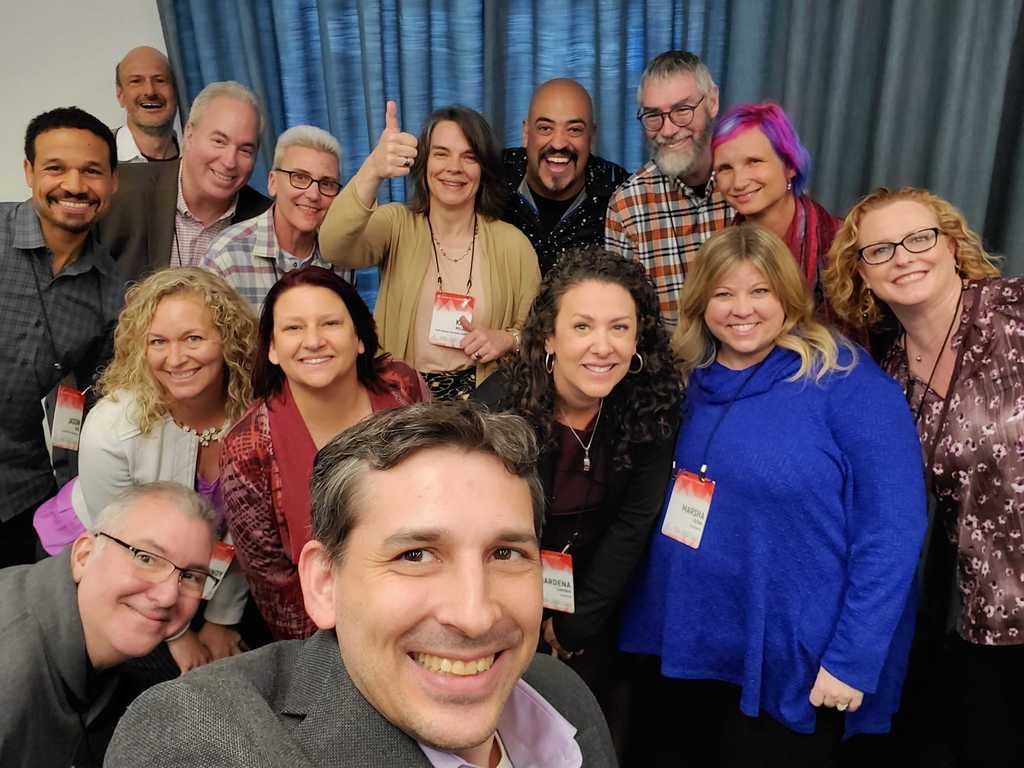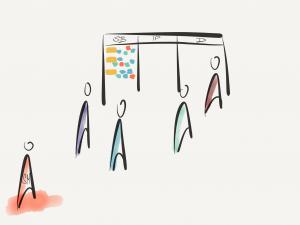The recent shift to the virtual space and home office created a more convenient work-life balance but created very new challenges as well. How to grow talents, how to collaborate, and how to build relationships.
In many cases, people simply went back to individual work. In many organizations, the only time where they see each other is some sort of Standup that looks more like a status meeting where individuals who have their own tasks, share their progress with anyone who is interested which is usually close to no one as the don’t collaborate and don’t have the shared ownership.
Such Standup is kind of an energy killing boring micromanaging practice. So maybe you should kill it as well and give people more time to work on their individual tasks. And when I said the only time ‘they see each other’ I was not that accurate either as in many organizations people are not using their cameras. Now what remains from being agile in such environments? Not much.
Another challenge we are facing is how to grow talents in such an individual culture where people don’t see each other and don’t build relationships with either their colleagues or their customers and stakeholders.
People often ask me about this principle of the Agile manifesto, implying that agile cannot be used in a virtual, geographically distributed world.
“The most efficient and effective method of
conveying information to and within a development
team is face-to-face conversation.”
But why not? It doesn’t say co-located, it says face-to-face or as we call it now video-to-video. So that’s not an issue. Technology is not an issue either as Zoom for example can create a team space where people can connect during the day and collaborate, discuss, share, and help each other. Similarly to the office space where they were in the same (physical) space and collaborate, they are now in the same (virtual) space and collaborate. It’s even easier as they can share screen, move to the breakout room, talk to each other if needed, and leave for lunch and come back after.
I guess the biggest issue is not where you are located but if you are willing to collaborate. Is there a need for teamwork, or is the nature of the business simple enough so they can distribute the work and work individually. If the nature of your work is complex, collaboration in the virtual world is perfectly possible. If you choose to work individually, don’t pretend you are doing Scrum as team collaboration is one of the cornerstones and the only thing that can emerge from that would be a “Dark Scrum”, and that’s neither fun nor functional.





 Good video conferencing is important. I’m using Zoom and I try to see the gallery view most of the time. It’s not like face to face, but it’s not bad either.
Good video conferencing is important. I’m using Zoom and I try to see the gallery view most of the time. It’s not like face to face, but it’s not bad either.


